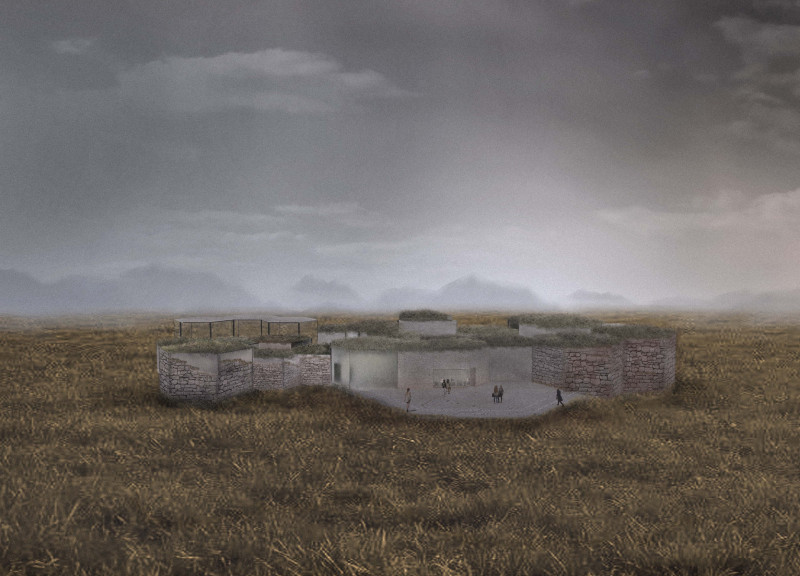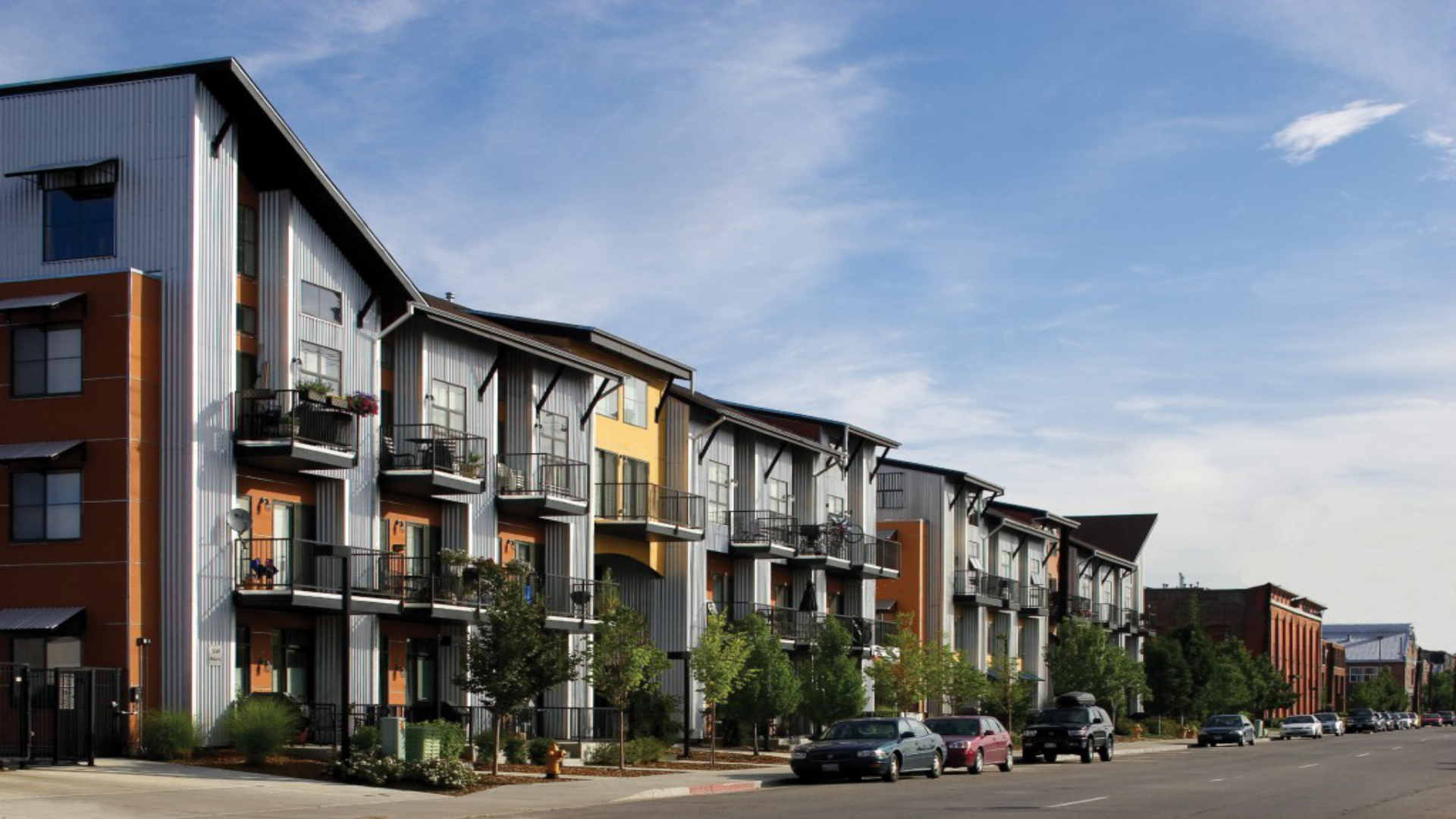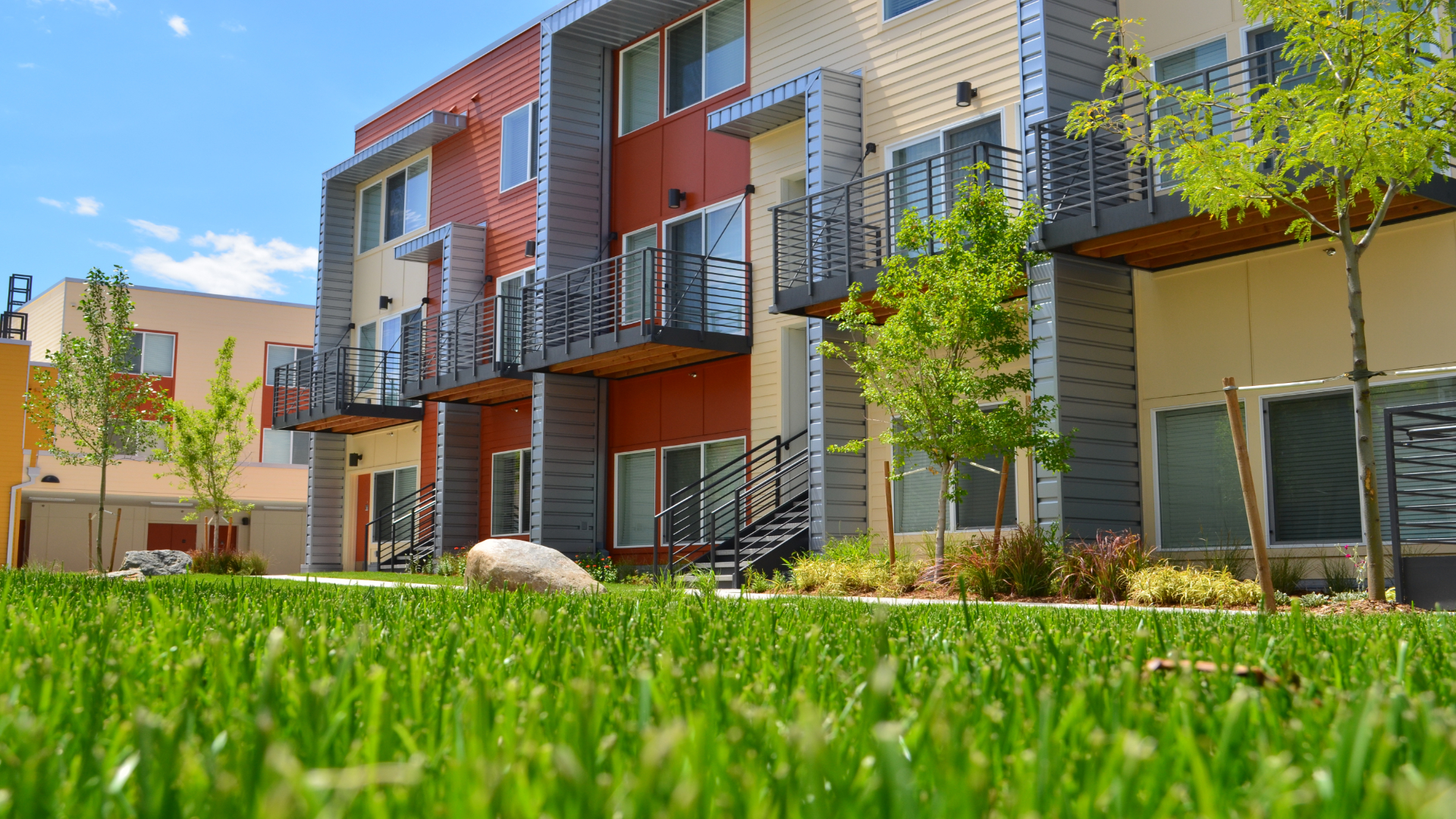5 key facts about this project
The Iceland Volcano Museum is located near the Hverfjall volcano in Iceland. This museum focuses on enhancing the relationship between people and nature, promoting a philosophy of respect and coexistence. The design takes inspiration from the region's volcanic landscape, creating a connection between the building and its surroundings.
Environmental Integration
The architecture emphasizes a strong connection with the natural landscape. The outer walls are made largely of local rock, helping the building blend into the volcanic terrain. Using materials from the surrounding area not only creates a pleasing aesthetic but also shows a commitment to environmental responsibility, reducing the ecological footprint of construction.
Water as a Central Element
Water is an important feature of the museum's design. The roof has a sunken section that is covered with clear glass. This allows natural light to fill the interior while linking the inside with the outside environment. Shallow pools of water on the roof add to the visual experience and provide a direct reference to the nearby Myvatn Lake and nature baths.
Historical Influences
Traditional Icelandic construction methods inform aspects of the design. Turf is used as a roofing material, echoing the building methods of Viking settlers. This natural material not only offers insulation but also allows the structure to gradually blend into the landscape over time, maintaining the area's visual characteristics.
Geological Inspiration
The design also reflects the geological features of the region. Hexagonal pillars, typical of volcanic formations, are incorporated into the architectural language. This element serves to enhance the visitor experience while offering insights into Iceland’s volcanic activity and fostering a sense of environmental responsibility.
The building’s clear glass roof and reflective water pools create a play of light and water, inviting the landscape to interact with the museum's interior.























































